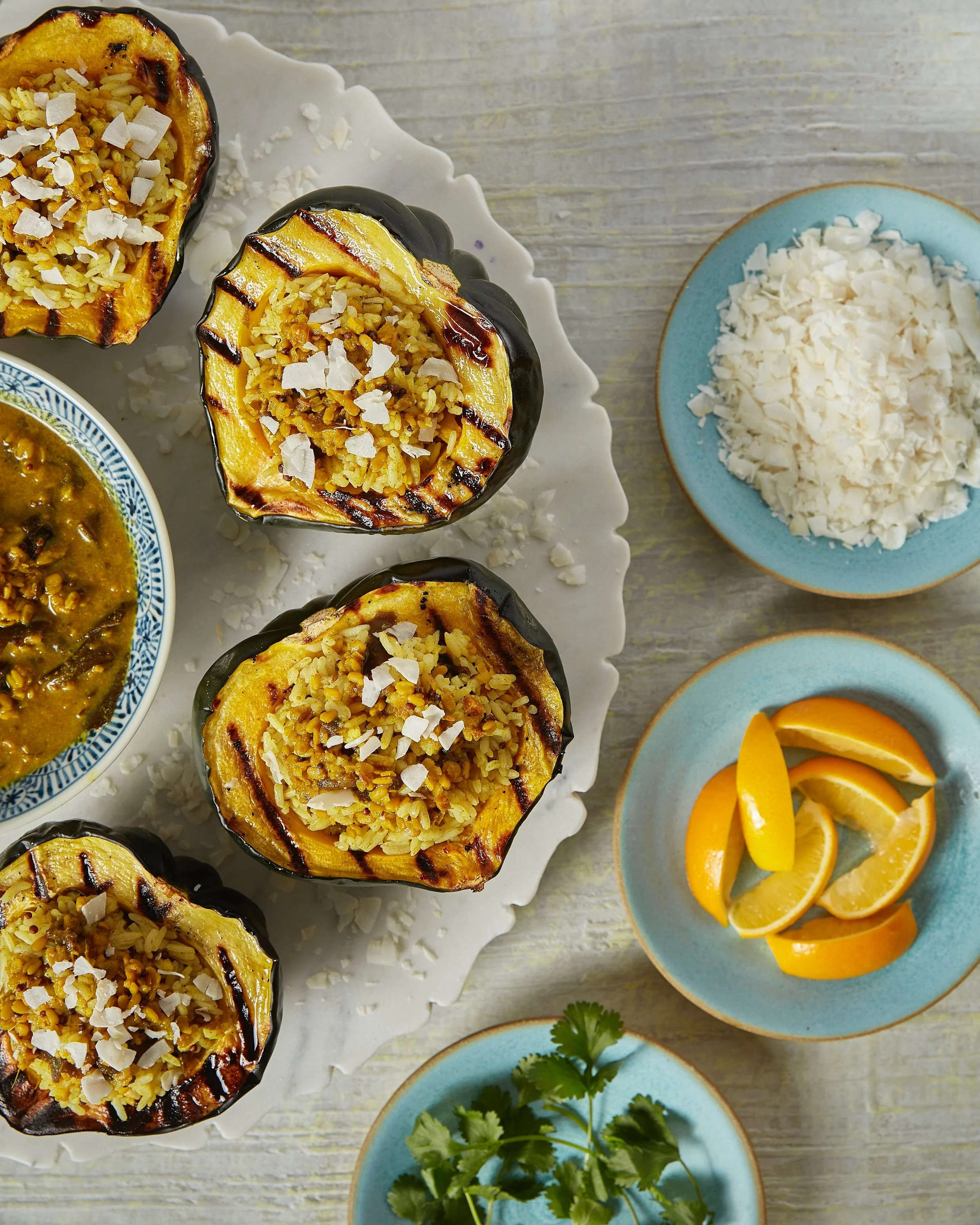Sew Peas
Layer the fresh flavors of spring into a simple tartine for a light Sunday lunch.
There is something thrilling about pushing a plump pea seed into the cold soil on St. Patrick’s Day. A long-time tradition for many gardeners, in my family it was my grandmother who without fail, planted peas on the holiday.
I favor snow peas. The pods are edible when small, but can be shelled if left on the vine long enough. Oregon Sugar Pod II has been in my garden for decades, but I’ve discovered Shiraz Purple from Kitchen Garden Seeds. Both are heavy producers; I just love the color of the purple variety last season, and it seems to last a little longer as spring gives way to summer.
It’s important though to grow what you love, since there are hundreds of pea varieties available; take your time and find one that is right for you.
Although most gardeners spring-sow their peas, there’s an opportunity at the end of the season, too. Peas planted in August, in a place not overpowered by heat, will be ready before a hard freeze. It’s essential the seeds are started early as peas detest hot weather and if planted too late will wither in the hot sun.
Many garden friends scoff at my March 17 planting, choosing to wait a few weeks, which works fine, but what would Grandma say? The biggest obstacle is the fickle nature of spring weather: that one year could mean the garden is under a blanket of snow or has been flooded with rain days in another year.
The worst thing any gardener can do is turn the soil over before it’s ready. This destroys the soil structure, leaving clumps that dry to the consistency of brick, making the bed a disaster for the rest of the season. If the soil sticks to the shovel, it’s too wet.
One solution is to buy a few bags of good compost and dump them on the garden, creating an instant planting area. Since peas resent transplanting, some years they are sown in peat pots. After sprouting, the entire pot is planted, so the roots are not disturbed, and the fibrous pots fade away as the peas mature.
Regardless of where they are planted, germination can be improved by soaking the seeds overnight in water. The next morning the seeds will be three times their original size and moisture-filled. Pea inoculants are a beneficial bacterium that can be mixed with the seeds at planting time for a higher yield and stronger plants. Depending on the weather, the bed can be covered with something to warm the soil in advance of planting or when the seeds are in place. A floating row cover is an inexpensive spun-bound, translucent fabric that acts something like a greenhouse. Even a clear three-mil-thick drop cloth from the hardware store will help to get the seeds to sprout and should be removed at the first sign of germination.
Even though the seeds don’t like to be transplanted out of flats, it can be done. Experiments in my garden have shown when gently moved into good soil, they will initially stall, and are harvested about two weeks later than seeds which are direct-sown. It’s actually a good way to stagger the picking and provide peas over the longer period.
There’s nothing like the sight of those peas poking up through the soil. It signals the start to another wonderful garden season.
PEA TARTINE RECIPE
1. Pumpernickel packs a punch. So does sourdough.
2. Slice and lightly toast it.
3. Mix crème fraiche or cream cheese with a pinch of salt and a dab of horseradish.
4. Layer on fresh snow peas, sprouts, fresh mint or dill, a few edible petals, or cherry tomato halves.
5. Finish with a pinch of salt and a crack of pepper. Buon appetit!
STORY BY DOUG OSTER / PHOTOGRAPHY BY DAVE BRYCE / FOOD AND STYLING BY RAFIO VENCIO / SIDE PLATES BY JONO PANDOLFI
12 Month - 6 issue subscription












Indulge in the taste spring with this delicious Cherry Galette